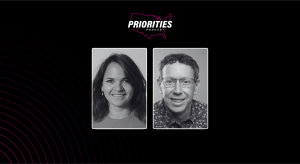How much does aiding state and local governments with non-COVID-19 situations play a role in your strategy now?
It’s a huge part of how we’re thinking about the need for USDR moving forward. The way that we see our work is that there’s both a need for rapid response and the ability to help in the moment, and there’s this need for resilience-building and the ability to make sure we’re building to respond more effectively next time.
On the rapid response side, the way we think about it is basically that in any crisis, when the need exceeds local capacity to respond to those needs, the first place a local government or nonprofit should turn is local resources: the people who know it best, who are organizing mutual aid networks or existing volunteer structures or things that they’ve put in place. However, with certain types of moments, they need resources that are not available in their own backyards. And that is one of the things that USDR is set up to do.



